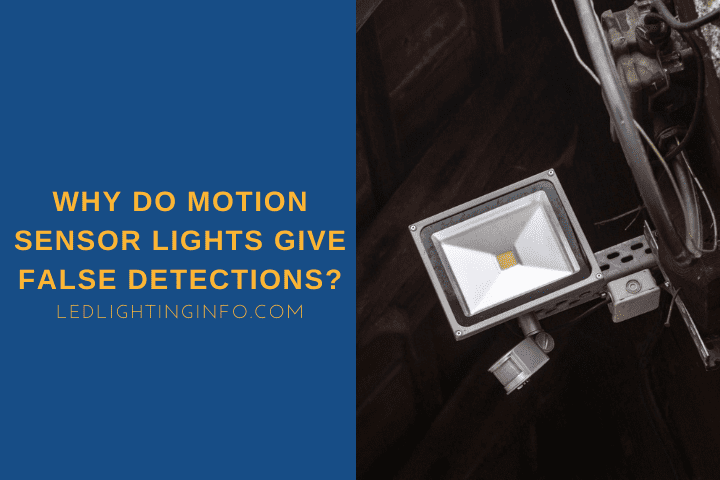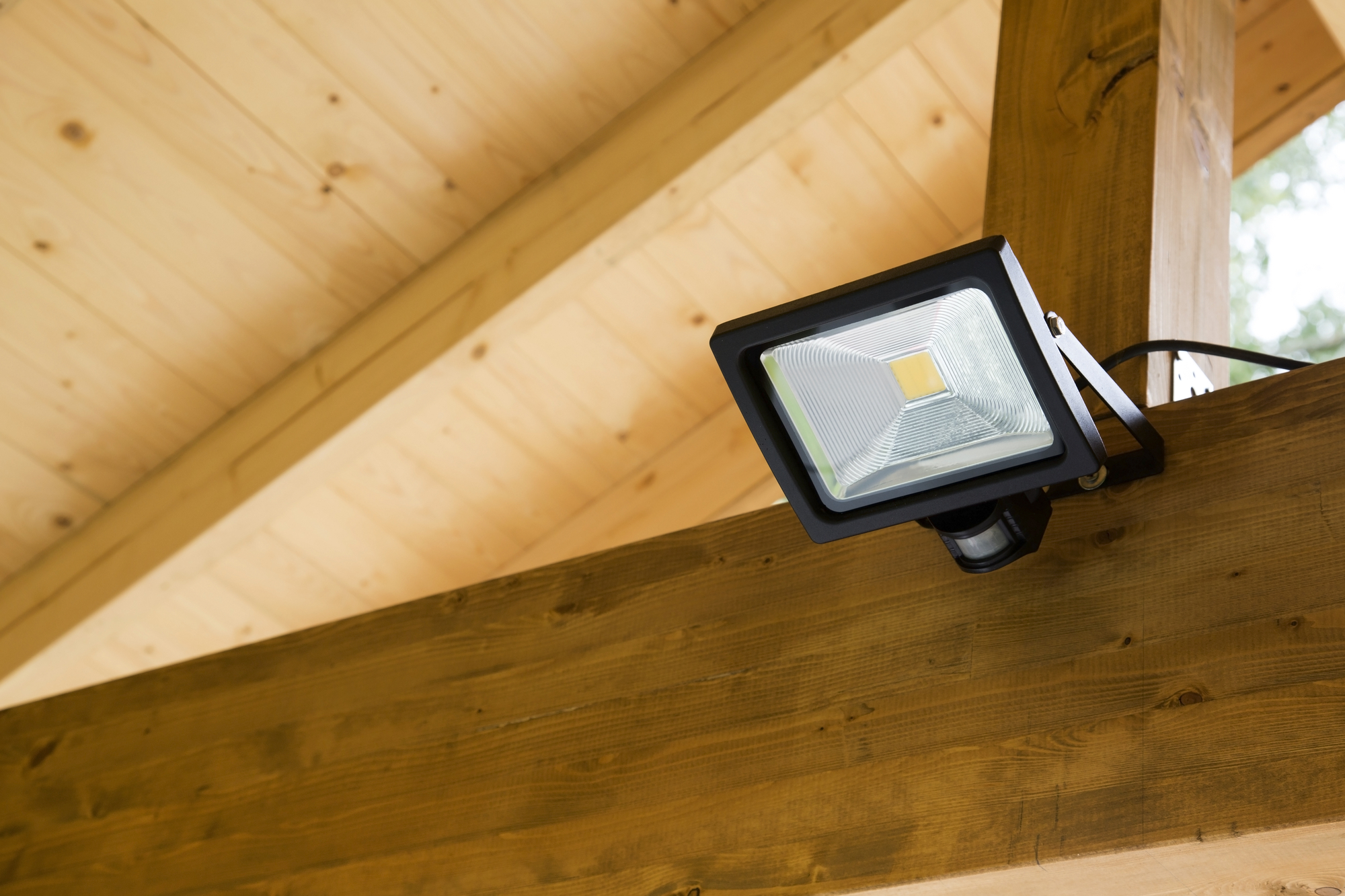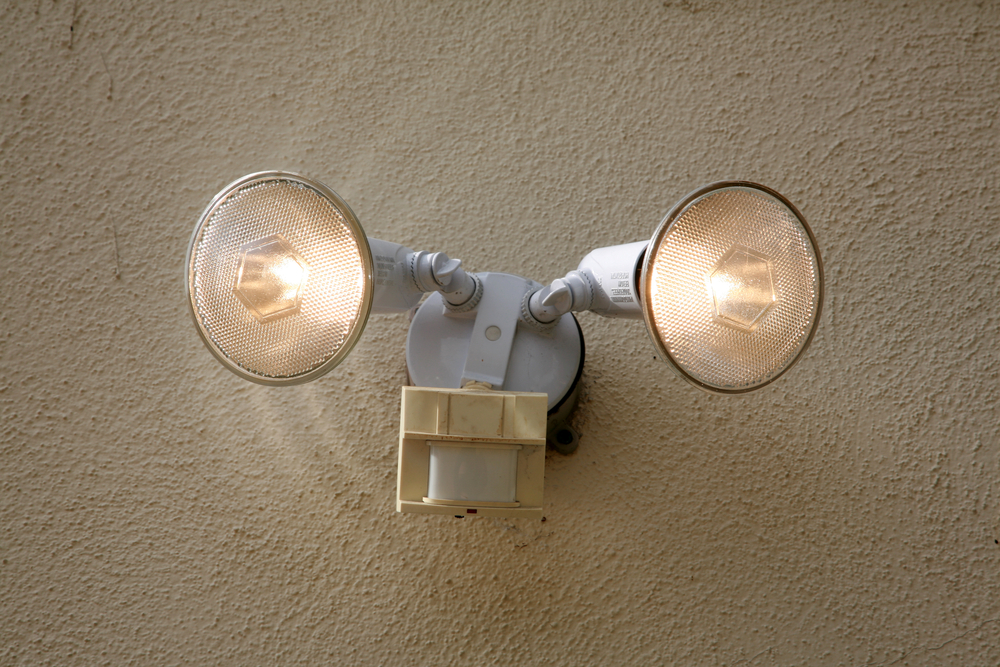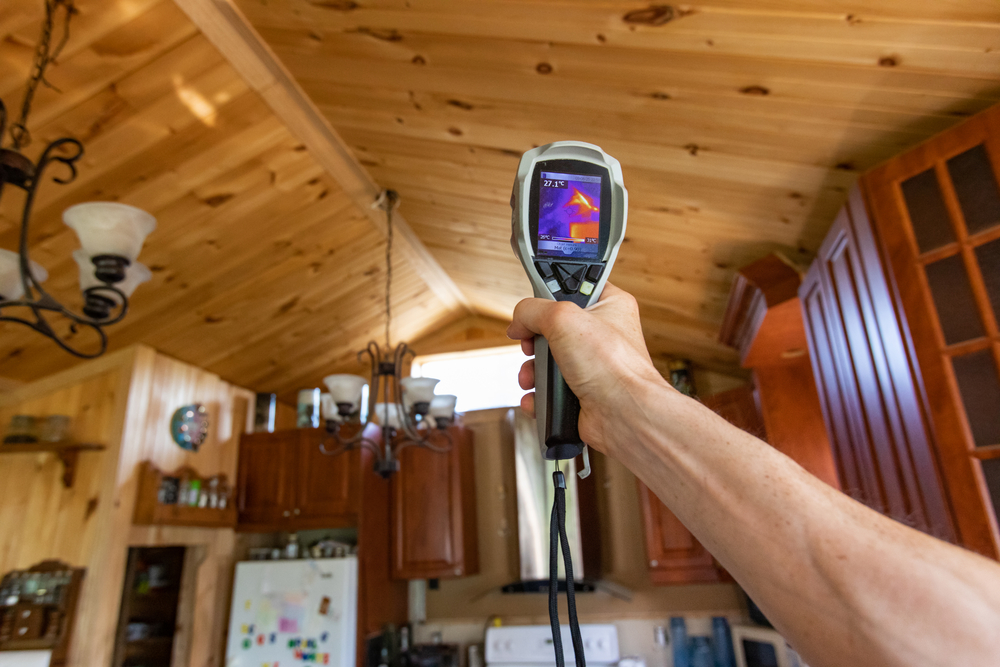A motion sensor light is an excellent way of making your home feel more welcoming and secure.
Outdoor lights can make your home more appealing and comforting as you approach late at night or deter potential intruders who may worry about being spotted.
Inside your home, motion sensors can switch a light on as soon as you enter a room, preventing you from tripping on unseen obstacles.
But what about when the light keeps switching on without a human present?
What causes false detections, and can they be stopped?
False detections with motion sensors can be caused by an unstable voltage or a change in heat within the field of view. The sensor could be faulty, or it may be being interrupted with an RF or an electromagnetic signal.
Let’s explore each of these in a little more detail as we look at:
- What sets off motion sensor lights
- How PIR sensors work
- How you can prevent (some) false detections
What Can Set Off Motion Sensor Lights?
Here’s a rundown of the reasons you might get a false detection on your motion sensor.
To be clear, I’ve kept this purely to ‘false’ detections that don’t involve seeing motion.
Some people would class animals/pets as false detection. Still, technically they are moving, and that’s what’s triggering the ‘motion’ sensor.
Unstable Voltage
One potential problem that can cause the motion sensor to falsely trigger could be an unstable voltage.
If it’s wired into your mains power, then you could have a problem with the wiring, though that would be unlikely.
It’s more commonly a problem with a wireless sensor that uses a battery and is a sign that the battery needs changing.
It’s worth noting that some motion sensors are designed for use on a low voltage circuit (12V), but most wired ones would be designed for your mains power (120V-240V depending on where in the world you live).
You absolutely must use the correct sensor for the power supply.
Connecting a high voltage sensor to a low voltage circuit just won’t work, and connecting a low voltage sensor to a high voltage one will overload it and could be a safety hazard.
Changes In Heat
One of the most common false detection triggers is a change in heat.
For indoor sensors, this could be a radiator turning on. In contrast, for outdoor sensors, it could be an air conditioning unit venting or a street light switching on within view.
Specifically, these heat sources can cause a PIR sensor to trigger – more on that below.
Damaged Sensor
Sometimes a sensor will falsely trigger just because it’s damaged.
A crack in the sensor can expose it to outside elements, which can cause it to think that motion or temperature change has occurred.
Particularly on an outdoor sensor – any breeze is going to get into the crack on a sensor unit and cause it to go a little haywire.
Interrupting Signal
Sometimes a motion sensor can be triggered by an interfering RF or electromagnetic signal – a likely problem could be a garage door opener.
It’s because the signal can modulate the DC supply or it can cause problems with the circuitry in the sensor itself.
What Triggers PIR Sensor?
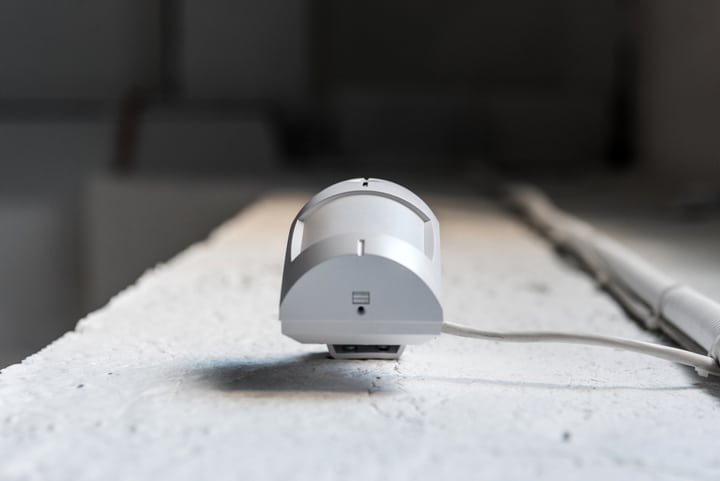
PIR sensors are the most common type of motion sensor.
PIR stands for Passive Infrared, and as its name suggests, they are a passive sensor that detects infrared radiation – the kind is given off by any heat source, including warm-blooded creatures like ourselves.
They work by detecting changes in heat, so whenever a heat source enters the field of view, the sensor closes the circuit and allows the current to pass through to the light.
That’s why changes in heat, as mentioned above, will trigger the sensor even if it’s not a person walking into view.
How To Prevent False Detections?
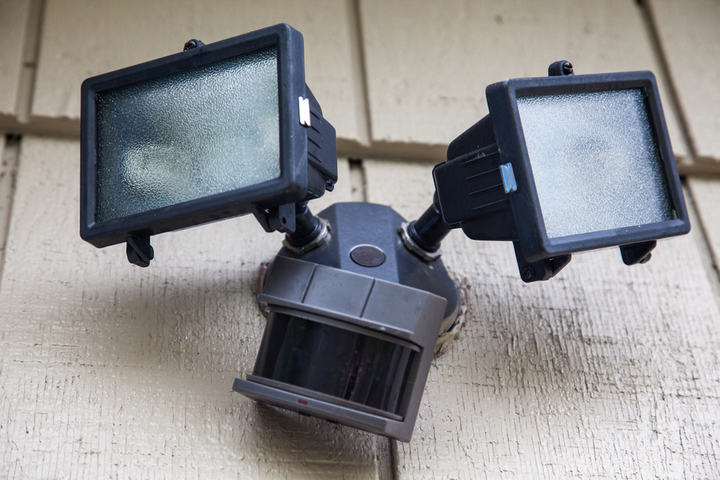
Here are some ways you can prevent false detections:
Check For Damage
The easiest first step is to check for any damage to the sensor – any signs of cracks or general wear and tear.
If you see any, you could try to plug them, but it’s probably more reliable if you just replace the sensor outright.
Check The Voltage
Ensure the power is off, and disconnect the sensor from the power supply.
Instead, connect the power supply to the multimeter, ensuring that the red probe is connected to the incoming + wire from the mains or the battery and the black probe to the ground wire.
Turn on the power again and check the VDC is consistently within the right range for your sensor. If it’s not, it’s an issue with the power supply.
For mains power that likely means the wiring isn’t suitable and needs replacing. Otherwise for wireless sensors it’s probably time to replace the batteries.
Check For Potential Heat Sources
If there is something in the field of view which could be changing heat, then you may need to insulate it.
Alternatively, you could try adjusting the sensitivity of your sensor.
You may need to upgrade if your sensor doesn’t have this option.
You could also set up a camera to look out for any wildlife entering your outdoor space and causing the sensor to trigger.
Sometimes the lights will keep animals away but only once they’ve already triggered it.
Interfering Signals
If you’ve eliminated the above and think an interfering signal could be the issue, hold your cell phone up to the sensor and dial someone.
If the phone causes the sensor to trip, it is likely an interference.
You can get sensors more resistant to interrupting signals. Still, another option is to buy an ACT 1376 stabilizer and wire it into your sensor.
This will help to dampen any interference. You’ll need to buy one from a specialist retailer.
Final Words
A motion sensor can be triggered by all kinds of things that you don’t want them to, whether its animals or problems with the sensor or voltage, or just a source of heat.
Once you’ve eliminated the potential issues above, it may be worth making sure you’re adjusting the sensor’s settings for range and sensitivity.
If your sensor doesn’t have those options, consider upgrading to a new one.
You often need to tweak these settings, and your sensor will work perfectly.
Have you got any tales of surprising triggers for your motion sensor and how you resolved them?
Maybe you’ve got questions about setting up a sensor for the first time?

